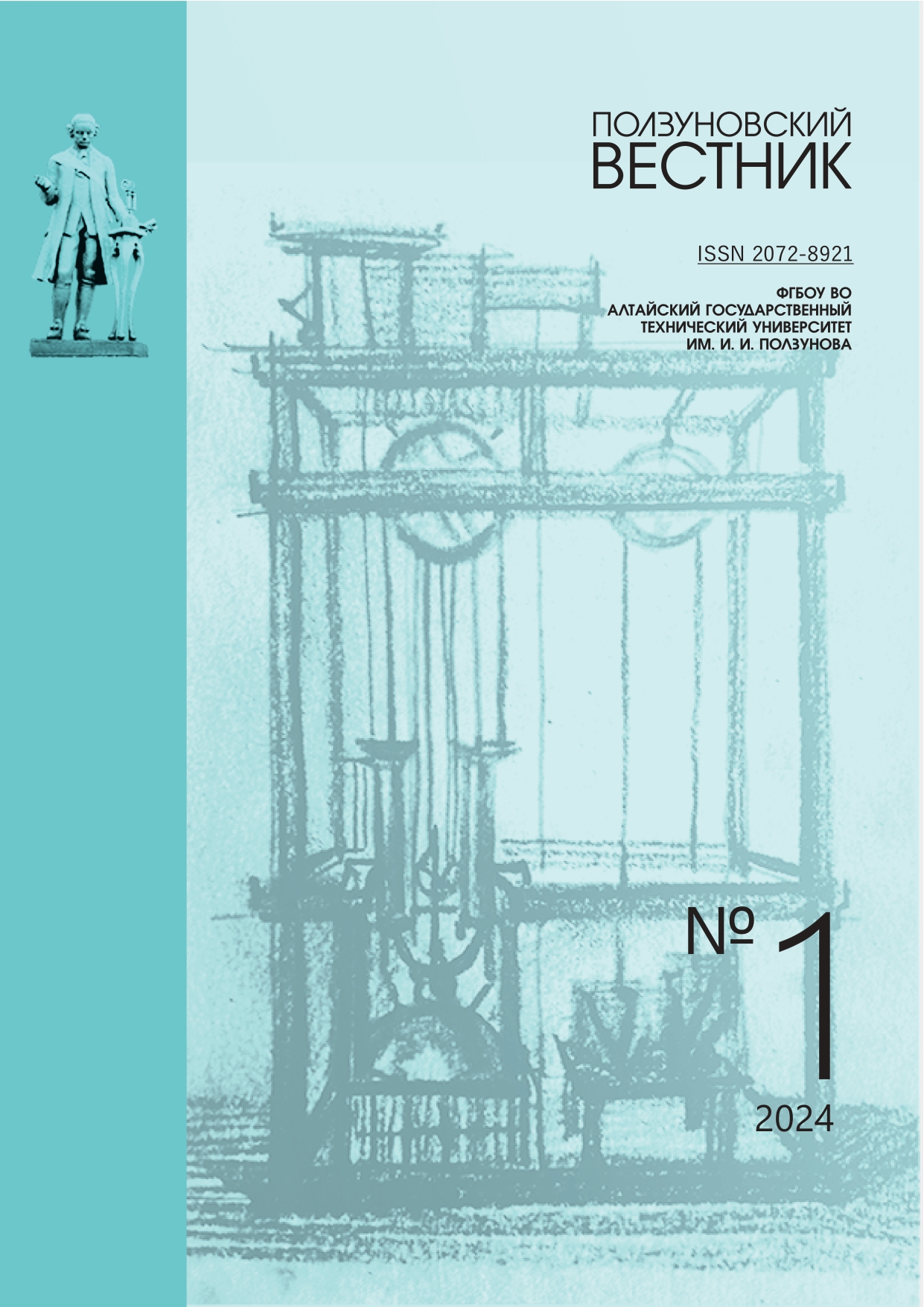STUDY OF PHYSICOCHEMICAL PARAMETERS AND ISOTOPIC CHARACTERISTICS OF MINERAL WATERS OF THE NAGUT DEPOSIT
PZWDMJ
DOI:
https://doi.org/10.25712/ASTU.2072-8921.2024.01.003Keywords:
identification criteria, mineral water, standard indicators, isotopic characteristics, basic composition, balneological components, microcomponents, markers, water formula, special pro¬perties.Abstract
Today in Russia there is a system and rules for digital labeling of bottled water using identification means. However, the information encoded in the Data Matrix label does not always clearly indicate the contents of the bottle. To accurately identify mineral waters, the main indicators of salt composition and balneological components (if present) are used. However, current criteria for assessing the quality and safety of mineral waters do not always guarantee the authenticity of packaged water based on geographical and natural characteristics. Expanding the evaluation criteria and their inclusion in relevant databases can solve the problem of adulteration of bottled water, including counterfeit products. This article discusses the development of identification indicators for mineral waters of the Nagutskoye deposit (Stavropol Territory), one of the largest deposits of natural mineral waters in Europe. The experiments were carried out by VNIIPBiVP specialists using the methods of high-performance liquid and gas chromatography, stripping voltammetry, atomic absorption spectroscopy, titrimetry, refractometry and mass spectrometry. The authors studied the physicochemical composition and ratio of oxygen and hydrogen isotopes of medicinal table and medicinal mineral waters of the Nagutskoye deposit. A comparative analysis of the main indicators of bottled mineral waters of various brands showed that the main difference between the studied waters of the Nagutskoye deposit is the level of total mineralization and chloride content. Microcomponents present in water and characteristic of a given deposit, as well as their isotopic characteristics, can act as identification markers. The developed evaluation criteria for mineral waters of the Nagutskoye deposit will allow them to be clearly identified among other similar products
References
Кольчугина Т.А. Классификация гидроминеральных ресурсов Кавказских Минеральных Вод // Университетские чтения – 2018 : Материалы научно-методических чтений ПГУ, Пятигорск, Том XIV, Пятигорск : Пятигорский государственный университет. 2018. С. 184–191.
Бондарева Г.Л. Условия формирования месторождений минеральных вод региона Кавказских Минеральных Вод // Геология, география и глобальная энергия. 2008. № 1(28). С. 115–119.
Севостьянова Е.М., Ганин М.Ю. Сравни-тельная оценка идентификационных показателей минеральных вод Нагутского и Ессентукского месторождений на примере лечебно-столовых вод «Нагутская-4» и «Ессентуки № 4» // Пищевые системы. 2023. Т. 6, № 3. С. 329–336. DOI : 10.21323/2618-9771-2023-6-3-329-336.
База данных по месторождениям региона Кавказские Минеральные Воды [Электронный ресурс] URL : https://softsyntez.ru/mineralbase.php? id=3 (дата обращения 15.11.2023).
Lavrushin V.Yu, Lisenkov A.B., Aidarkozhi-na A.S. Genesis of the Yessentuki deposit of carbonated waters // North Caucasus. Geochemistry. 2020. № 65. С. 77–91. https://doi.org/10.1134/S0016702920010082.
Королев Б.И., Лисенков А.Б. Сравнение природных условий формирования минеральных вод Ессентукского и Нагутского месторождений // Геоэкология. Инженерная геология, гидрогеология, геокриология. 2018. № 2. С. 30–40.
Абрамов В.Ю. Формирование химического состава подземных вод в экстремальных термодинамических условиях (на примере Нагутского месторождения углекислых минеральных вод) // Недропользование XXI век. 2013. № 5(42). С. 67–71.
Limantseva O.A., Cherkasova E.V., Potapov E.G., Danilov S.P. Analysis of accumulation conditions of minor elements in mineral waters: An example of hy-drocarbonate sodic waters of the Nagutskoe mineralized groundwater field // Geochemistry International. 2016. № 54. С. 712–718. https://doi.org/10.1134/S001670291608005X.
Потапов Е.Г., Дубинина Г.А., Данилов С.Р. [и др.]. Физико-химические и микробиологические исследования подземных минеральных вод района КМВ // Курортная медицина. 2014. № 4. С. 14–20.
Данилов С.Р., Потапов Е.Г., Лизогубов В.А. [и др.]. Химический состав гидрокарбонатных натриевых вод Нагутского месторождения (Ставропольский край) и возможность их дифференцированного использования в лечебно-питьевых целях // Курортная медицина. 2016. № 4. С. 8–13.
ГОСТ Р 54316-2020 «Воды минеральные природные питьевые. Общие технические условия», М. : Стандартинформ. 2020. 49 с.
ТР ЕАЭС 044/2017 Технический регламент Евразийского экономического союза «О безопасности упакованной питьевой воды, включая природные минеральные воды» (ТР ЕАЭС 044/2017). Принят Решением Совета Евразийской экономической ко-миссии от 23 июня 2017 года № 45.
Реестр географических указаний (ГУ) и наименований мест происхождения товаров (НМПТ) Российской Федерации [Электронный ресурс] – URL: https:// www1.fips.ru/registers-web/action?acName=click Register®Name=RUGP (дата обращения 27.11.2023).
Классификация природных лечебных ресурсов. Утверждена приказом Минздрава России № 557н от 31 мая 2021 г.
Downloads
Published
How to Cite
Issue
Section
License
Copyright (c) 2024 Elena M. Sevostianova, Alexandra A. Lozhkomoeva

This work is licensed under a Creative Commons Attribution 4.0 International License.
















 .
. This work is licensed under a
This work is licensed under a 
